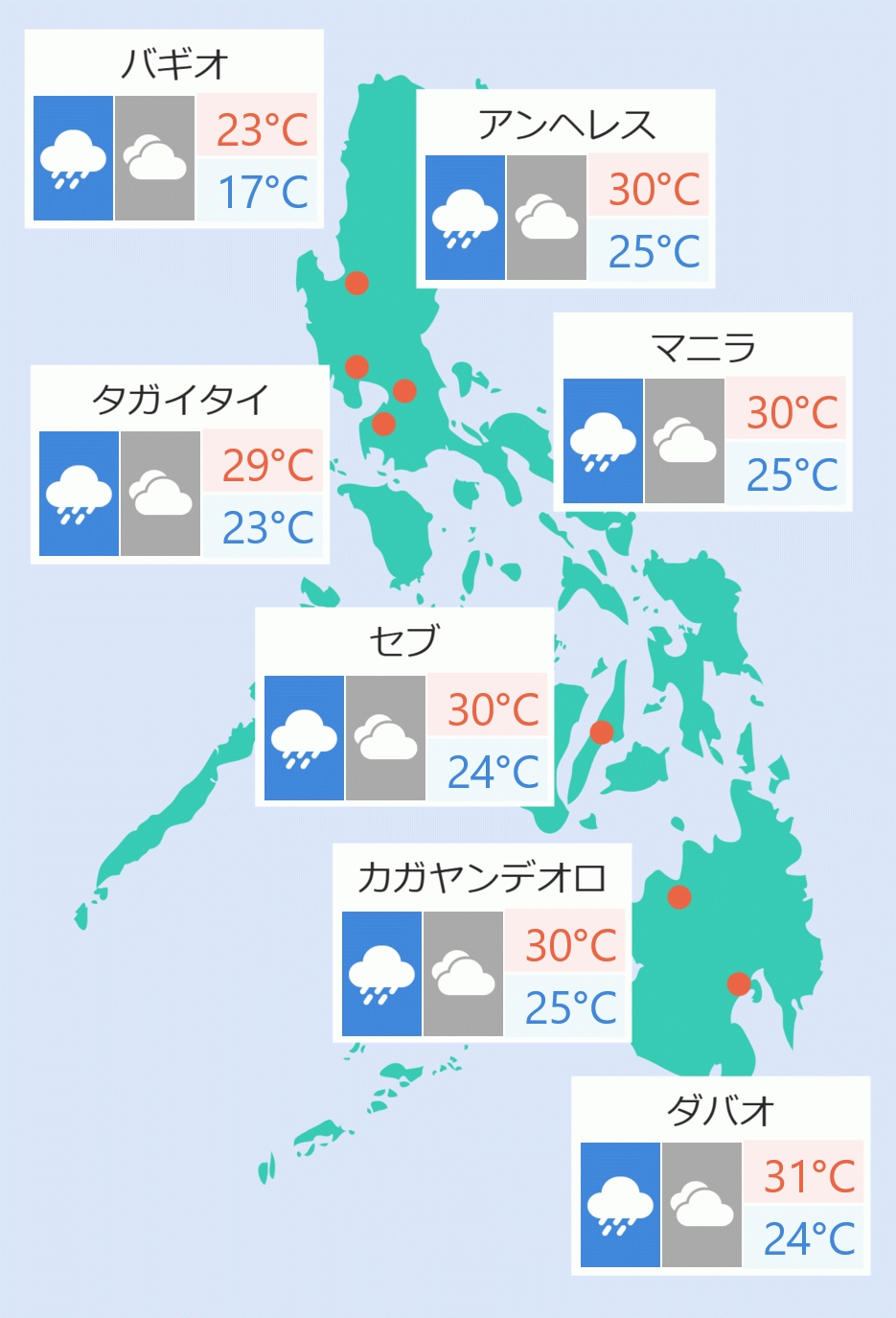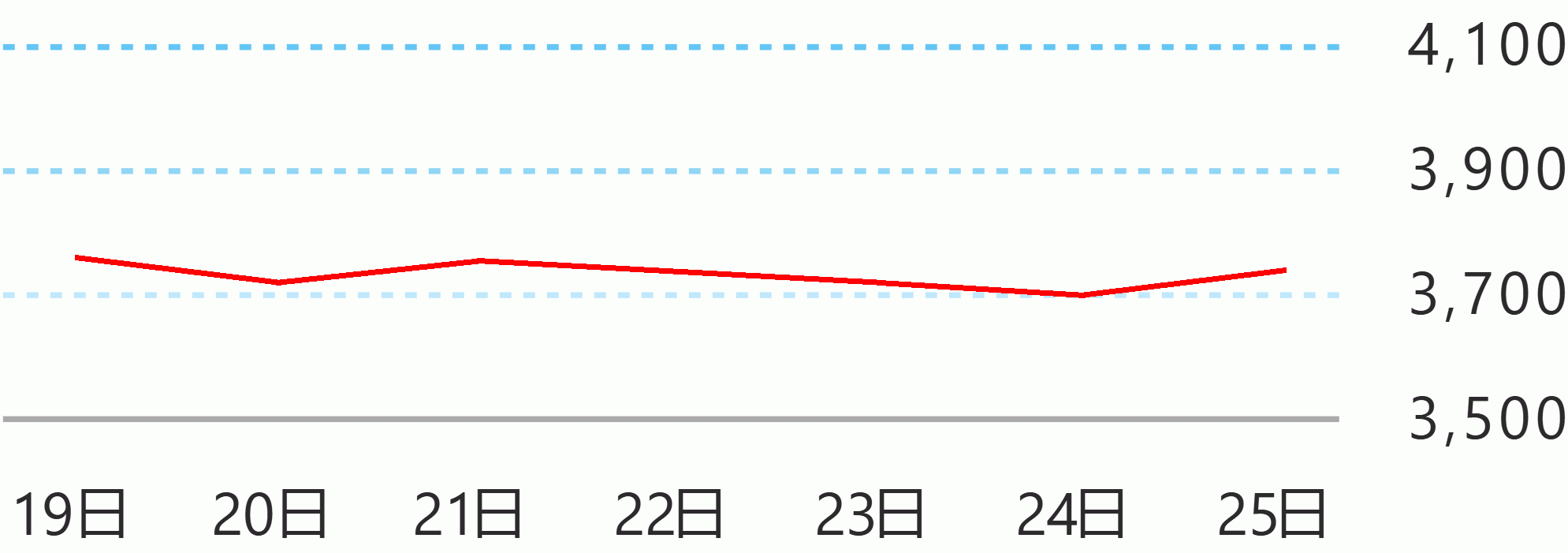No Filipino casualties were reported in the magnitude 7.6 earthquake that shook Ishikawa Prefecture on Sunday where news reports say at least 30 were killed, Philippine Ambassador to Japan Mylene Garcia-Albano announced Tuesday.
In an interview with dzBB, Albano said 35 Filipinos in the Ishikawa Prefecture, the epicenter of the quake, had to evacuate due to the tsunami warning issued on Monday.
“We have not received any reports of Filipinos being harmed by the earthquake. We are in contact with the Filipino community leaders in the areas and they are the ones reporting the situation to us,” Albano said.
President Ferdinand Marcos Jr said on X, formerly Twitter: “We are deeply saddened to hear of the magnitude 7.6 earthquake in Japan on New Year's Day.”
“We are in close collaboration with the Japanese government to secure the welfare of our countrymen, who thankfully remain unharmed. We have made the offer to assist in any way that we can. In the face of shared climate challenges within the Pacific Ring of Fire, we stand united with Japan and stay ready to provide support from the Philippines,” he added.
Japanese Ambassador to the Philippines Koshikawa Kazuhiko, in his X account, thanked Marcos. ''Japan and the Philippines have consistently stood by each other in times of crisis. A friend in need is a friend indeed.''
Department of Migrant Workers officer-in-charge Undersecretary Hans Cacdac said they received two requests to locate missing relatives but they were later found.
According to the envoy, around 1,300 Filipinos live in the Ishikawa Prefecture, most of them working as office staff, factory workers, or agricultural workers.
“Unfortunately, the earthquake happened at 4:00 in the afternoon and the surroundings were getting dark at an earlier time since it is winter in Japan. That’s why even the Japanese government is having difficulty assessing the damage. But hopefully, since the sun has risen, they could give a more accurate picture of the property damage but more importantly, the safety of the people in the area,” she added.
Citing pictures of the disaster, Albano said Japan suffered damage to infrastructure including bridges, roads, and temples as well as from a fire. Jaspearl Tan/DMS





 English
English









